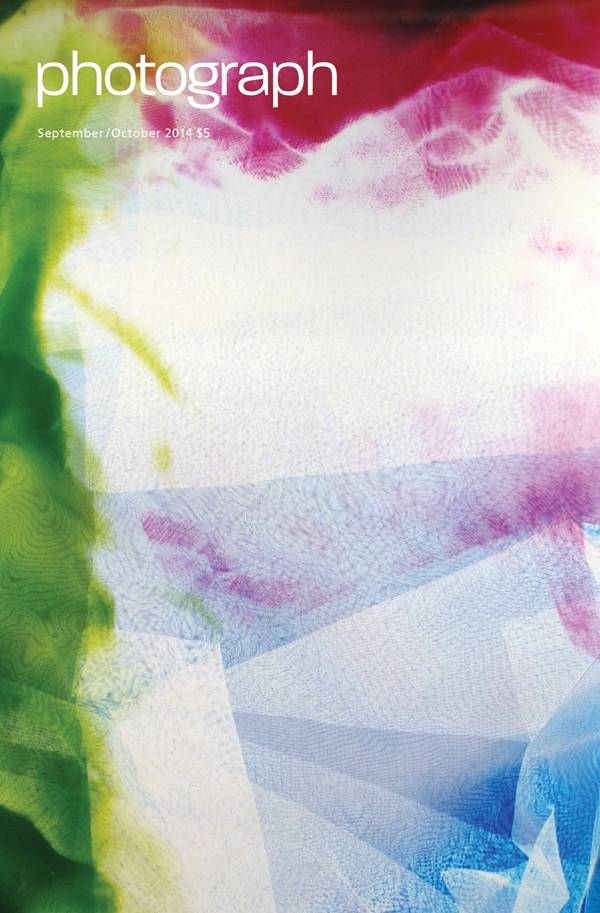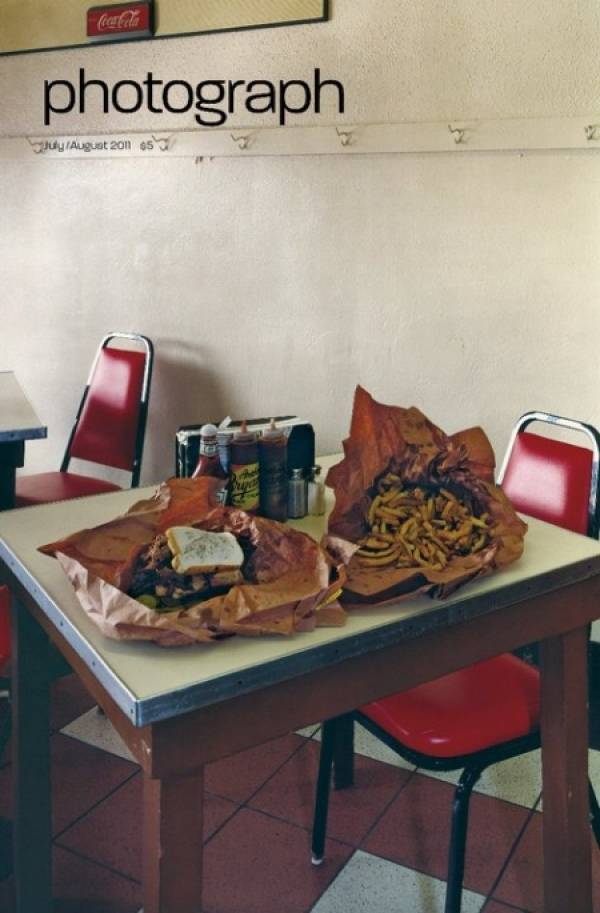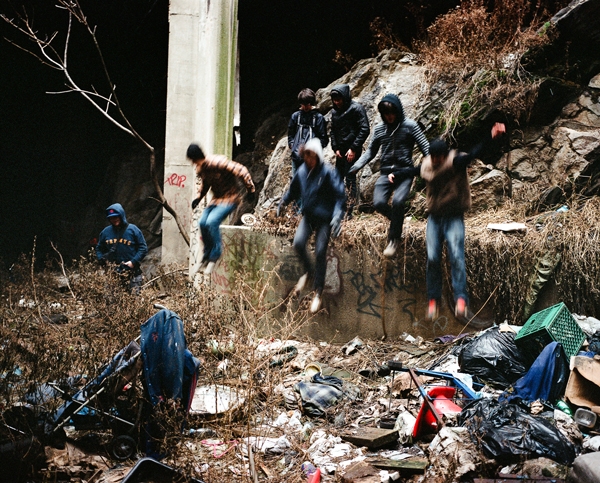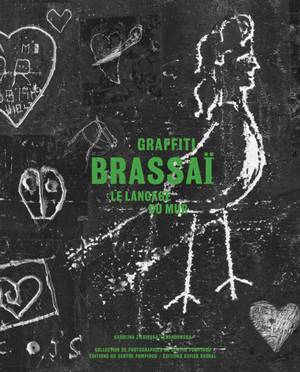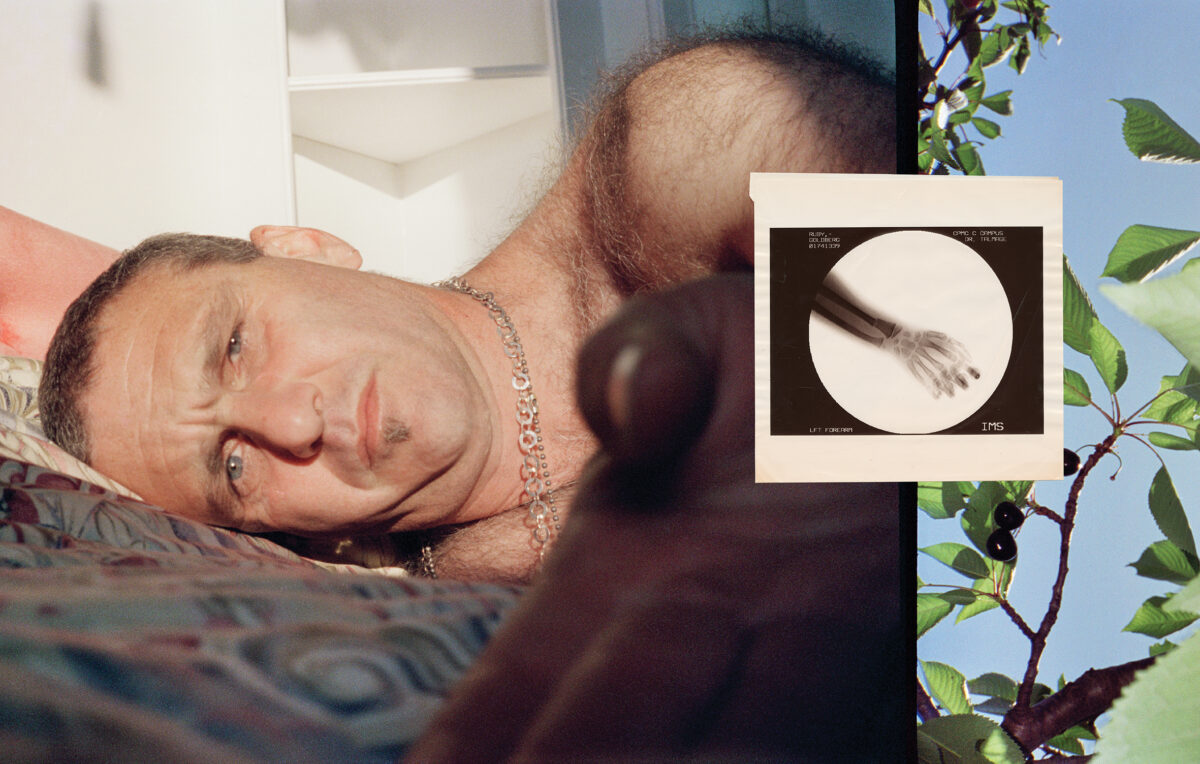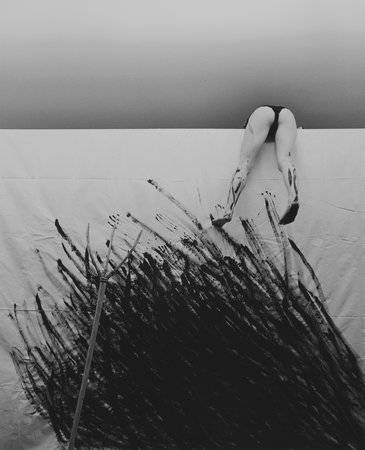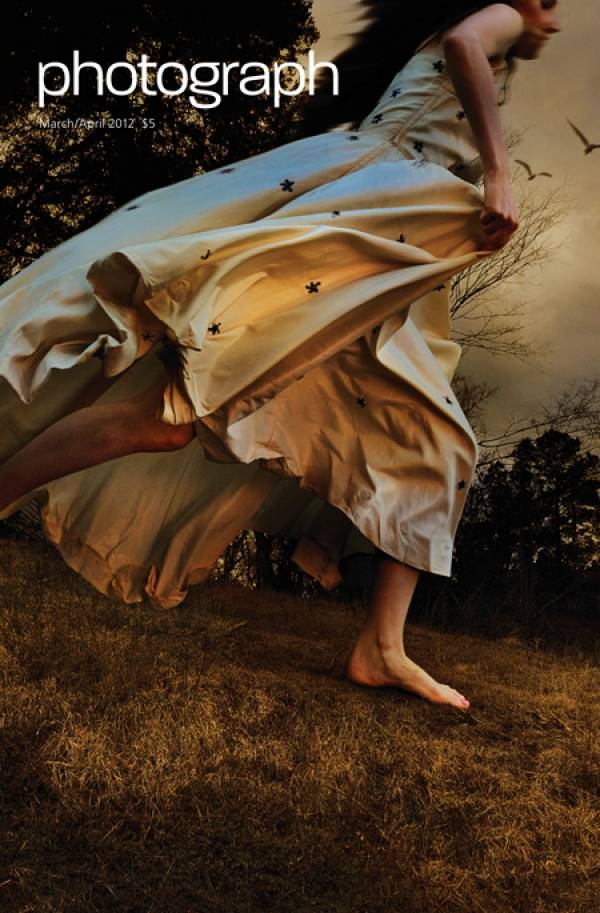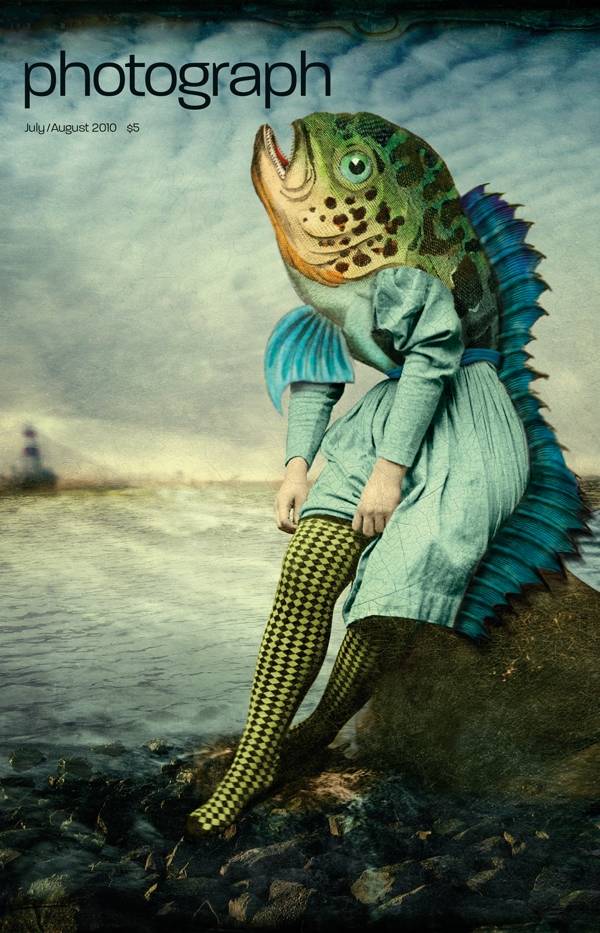We live in an age of unprecedented art, where every new work arrives without proper ID at the border of what was known. Each is sui generis, speaking a previously unheard language. We have to start from scratch, asking all the old questions over again: who are you, where did you come from, are you related to anyone we know, what are you trying to do to us? As far as photography is concerned, a few decades ago the border was pretty well controlled, and we thought we knew all the answers: it is (was) a lens-based system for producing images from light captured on a surface. Its relation to reality was broadly understood and accepted as documentary. But in a remarkable transformation, the aliens are now becoming citizens. All the elements of photography that once were invisible because they dissolved into the image by convention are now the focus of intense artistic attention. Hence so many photographs without pictures — or with pictures heretofore unimagined. Bryan Graf, whose exhibition Prismatic Tracks is on view at Yancey Richardson Gallery from October 23 to December 6 is a striking example of the new dispensation. The cover, titled Just Let Go, is a photogram, a cameraless silhouette, with just enough referential content to make it feel familiar. All that spidery mesh reminds us of Henry Fox Talbot’s early photograms of lace. But the pieces seem to be chaotically overlaid, perhaps exposed multiple times, and the random appearance of color achieved with filtering gels suggests that what we have is not a simple object, a “photogenic drawing” in Talbot’s parlance, but the record of a performance, a mixture of chance, spontaneity, and calculation. “In Bryan’s work,” says Yancey Richardson, “document and process are brought together. There is a desire for order and control and at the same time a willingness to break that order. To see the artist move around the paper to be exposed, controlling the angle and distance of his hand-held flash and pulling different color filters from each pocket at a precise moment reminds me of Pollock painting on the floor of his studio.” Action photography — but without the psychological agonizing of a previous age. Instead, perhaps, a desire to expose the making of a photograph, the better to enjoy it. Graf’s earlier work, especially the seriesShot/Reverse Shot made the point more explicitly. In that series Graf used the flash from a Polaroid portrait of himself at work to create the photogram he was working on. The result was two photographs, one abstract, the other denotative, different in kind and intention but created in the same instant, in the same performance. The two were then exhibited together. It was a perfectly succinct demonstration of the proximity of realms in contemporary photography, a reminder that the borders between documentary record and experimental investigation are porous, and that once the traffic across them begins, there is no sealing them back up. Best to learn the language of these new arrivals in order to appreciate the new and exciting stories they have to tell.
Categories

